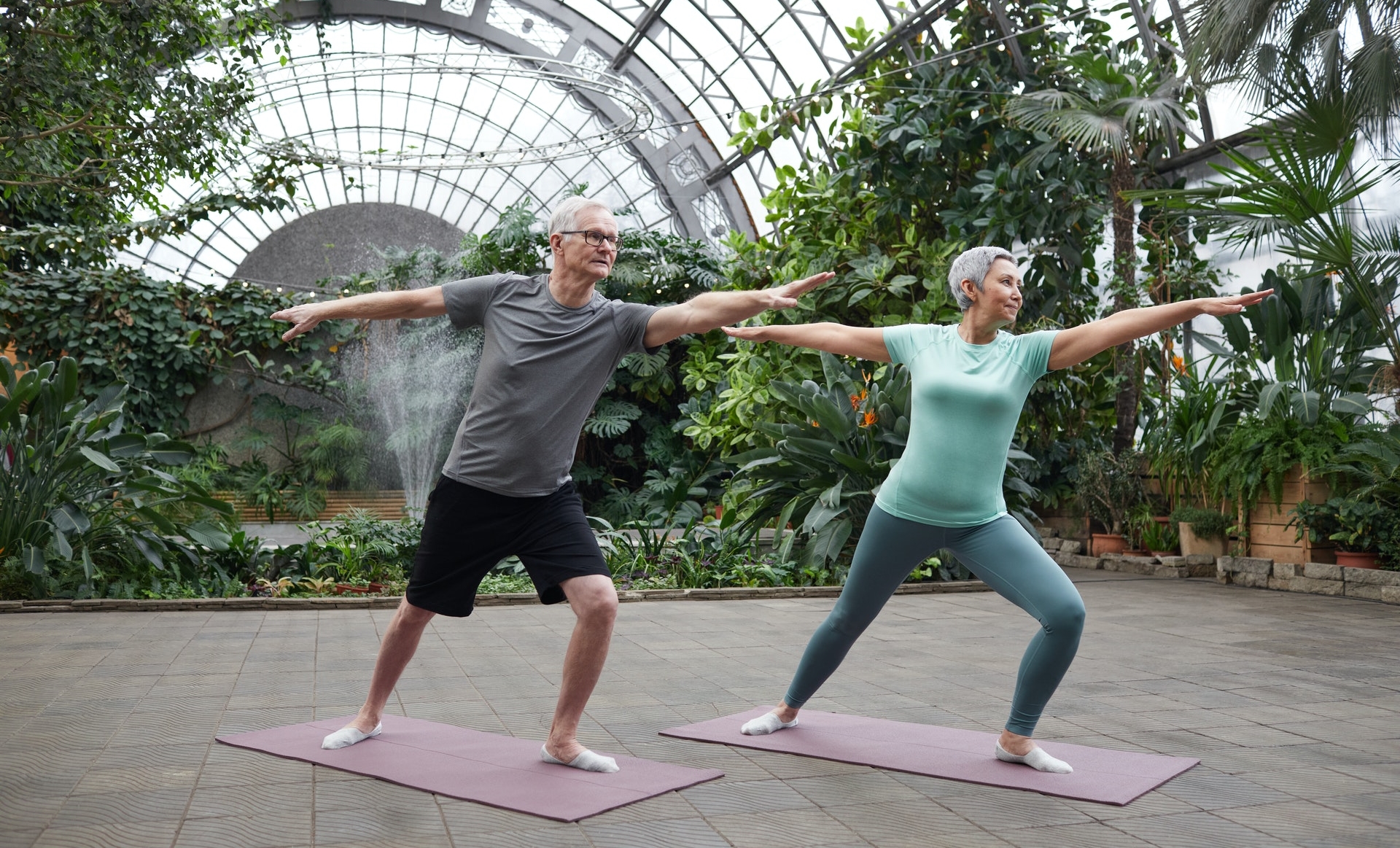
You're Never Too Old To Exercise
At age 47 Martina Navratilova would return to Wimbledon and represent the United States in the 2004 Athens Olympics.
At seventy-three years of age Ed Whitlock would shatter his own world age class marathon record by completing a marathon in under 3 hours. Ed is the first 70+ human in history to attain this goal and he has done it twice!
The Godfather of Fitness turned 90 and he was still sporting his trademark jumpsuit, LaLanne is trim and strong. He’s living proof that diet and exercise are the keys to a long, healthy life.
Nelson Cruz at age 40 is considered "old" in baseball but he still looks great and he is still hitting at an incredible pace. More incredibly quarterback Tom Brady at 43 years of age (he may also be considered too old for football) is still performing at an outstanding pace in football. There are countless other examples of professional athlettes like Gordie Howe who played until 52 years of age in hockey and he even played on the same team and line with his two sons! Not to forget all the regular people still exercising and accomplishing their fitness goals in their "older" or senior years or as they age gracefully. On the other side of the story, of course there are countless athletes who also gave up exercise once their playing careers were over!
Why is exercise so important as we age? After 50, we begin to loose muscle mass at the rate of 6 percent every decade (about 5 pounds) and we gain 15 pounds of fat every ten years to replace it. Less muscle and more fat stores in the body, combined with inactivity and poor diet, can contribute to a wide array of degenerative conditions and disabilities, among them: osteoporosis, heart disease, diabetes, high blood pressure, and osteoarthritis. Researchers speculate that Alzheimer’s disease and certain cancers can also be linked to a lack of activity as we age.
The Stanford University Medical Center has conducted several long-term studies on active individuals over 50, particularly runners. They found that runners had a lower death rate and dramatically less disabilities compared to non-runners. They observed that running regularly was associated with an increase of HDL (good) cholesterol, plus a positive effect on muscle mass, as well as heart and lung health.
Other studies have concluded that regular exercise increases bone strength, controls weight gain, and keeps diabetes in check. Active seniors are better able to take care of themselves, perform common household tasks, and remain mentally sharp.
5 Parts of a Healthy-Aging Workout:
- Endurance Exercise: running, brisk walking, biking, aerobics, tennis, (a minimum recommendation of 25-30 minutes a day)
- Strength Training Exercise: weight lifting, uphill training ( walking, running, hiking up an incline).
- Stretching Exercise: pre- and after workout stretches retain flexibility. Try yoga and pilates.
- Balance Exercise: use a balance ball for core exercises or stand on one foot without support.
- Meditative Exercise: reduce stress with yoga and tai chi.
5 Keys to Exercise Success:
- Dream big and set realistic goals. If you’re not use to exercise don't try to run a marathon right away. Create a step-by-step plan to increase your stamina, strength and stability. Too much, too soon can end up causing injuries. Gradually work up to your dream achievement, such as participating in the Senior Olympics or climbing Pikes Peak.
- Exercise daily. Create your own special time for exercise every day. Whether it’s a morning jog through the neighborhood, a mid-day walk with the dog or an afternoon swim at your local gym, daily exercise is much more effective at reaping healthy benefits than the “weekend warrior” approach. Exports recommend 25-30 minutes of moderate to strenuous exercise every day just to maintain your current weight. If you are trying to loose weight, extend your workout time to 60 minutes.
- Be aware of your body. If you feel soreness or a slight achy feeling in your muscles, that’s OK. Your body is responding to a good workout. Use ice therapy to ease small aches and pains, and to reduce inflammation. A few 20-minute sessions with a cold pack and you should be ready for your next daily workout. Never use heat on stressed or strained muscles, as it will increase pain and swelling, slowing recovery time. Heat is appropriate to relax tight muscles. If you experience serious problems such as extreme pain, fainting, numbness in arms or legs, or chest pain, seek medical attention immediately.
- Stay well hydrated. Always a consideration for any athlete, dehydration can pose a serious problem in older athletes as aging bodies contain less body water. Sweating and exposure to heat can easily deplete the body of fluids. Drink plenty of liquids before, during and after your workout.
- Be a health leader! Encourage others through example and participation. Be positive and motivated. An enthusiastic attitude is contagious! It will also keep you going running through puddles on a rainy day; surviving aching legs on a downhill descent; or arriving at the finish line of your first race!
Keep in mind the words of 90-year old Jack LaLanne, “I work at living, not dying”.
Disclaimer: This information is not intended as a substitute for professional medical treatment or consultation. Always consult with your physician in the event of a serious injury.
About the Author:
Louise Roach is the editor of on-line health and fitness newsletter, NewsFlash*SnowPack. She has been instrumental in the development of SnowPack, a patented cold therapy that exhibits the same qualities as ice. Her injury prevention and treatment articles have been published on numerous health and fitness websites. Louise is 47 years old, an avid hiker, exercise enthusiast and recent running convert.